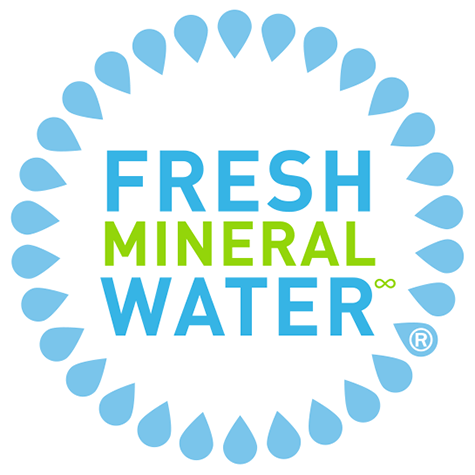Parts Per Million (PPM)A unit of concentration often used when measuring levels of substances in air, water, body fluids, etc. One ppm is 1 part in 1,000,000. Four drops of ink in a 55-gallon barrel of water would produce an ink concentration of 1 ppm.
pH (potential Hydrogen)A measure from 1-14 of how acidic or basic the water is. A pH of 7.0 is neutral. Pool water should be kept slightly basic with a pH of 7.2-7.8. A low pH indicates an acid condition which causes swimmer discomfort and corrodes pool surfaces and equipment. A high pH indicates a basic condition which promotes scale formation and causes cloudy water.
pH MinusSodium Bisulfate, also called dry acid. Used to reduce pH and/or Total Alkalinity. Also called pH Down or pH Decreaser.
pH PlusSodium Carbonate or soda ash. Used to raise pH. Also called pH Up or pH Increaser.
Phenol RedA reagent (dye) for measuring the pH of water in a range from 6.8 to 8.2. It changes color from yellow to purple as the pH goes from 6.7 to 8.2.
PlasterA mixture of white cement and white marble dust used as an interior finish, which can be tinted, colored or left white; applied to the gunite or shotcrete of a pool or spa.
PolymerA substance made of giant molecules formed by the union of simpler molecules. Many water clarifiers are made from organic polymers. An example would be polymerized ethylene, called polyethylene.
Pool BaseThe material that is used to form the bottom dimensions of the pool. It is usually a combination of sand and cement or vermiculite and cement.
Pool SurfacesNot to be confused with water surfaces. Refers to the walls and floor of the pool. Common surface types are fiberglass, plaster, painted concrete, vinyl and tile.
Potassium PeroxymonPotassium Peroxymonosulfate. The active ingredient and chemical name of a non-chlorine shock treatment or non-chlorine oxidizer. Does not kill bacteria or algae but it will oxidize or control ammonia, nitrogen and swimmer waste. It has a low pH, and it does not increase chlorine or bromine levels the way that superchlorination does, so water may be entered 15 minutes after addition. It will also reactivate bromine to its killing form, Hypobromous Acid.
PrecipitateSolid particles forced out of solution by a chemical reaction. They may settle to the bottom of the spa or pool or remain suspended in the water giving the water a cloudy look.
PrecoatThe coating of Diatomaceous Earth on the grids of a DE filter at the beginning of each filter cycle.
Pressure GaugeA round dial located on the backwash valve or on top of the filter. Indicates in pounds per square inch (psi) the pressure inside the filter or other closed container. When the pressure reads 10 psi or more above the reading when the filter was last cleaned, that would indicate it is time to clean the filter again.
PrimingFilling the strainer or vacuum hose with water to help the pump push air out of the lines. If the pump won’t prime, a full flow of water to the pump is being impeded by an air leak or restricted by clogged lines or baskets.
PumpA motor powered mechanical device that creates pressure and water flow by spinning an impeller to provide circulation through the filter and heater.

